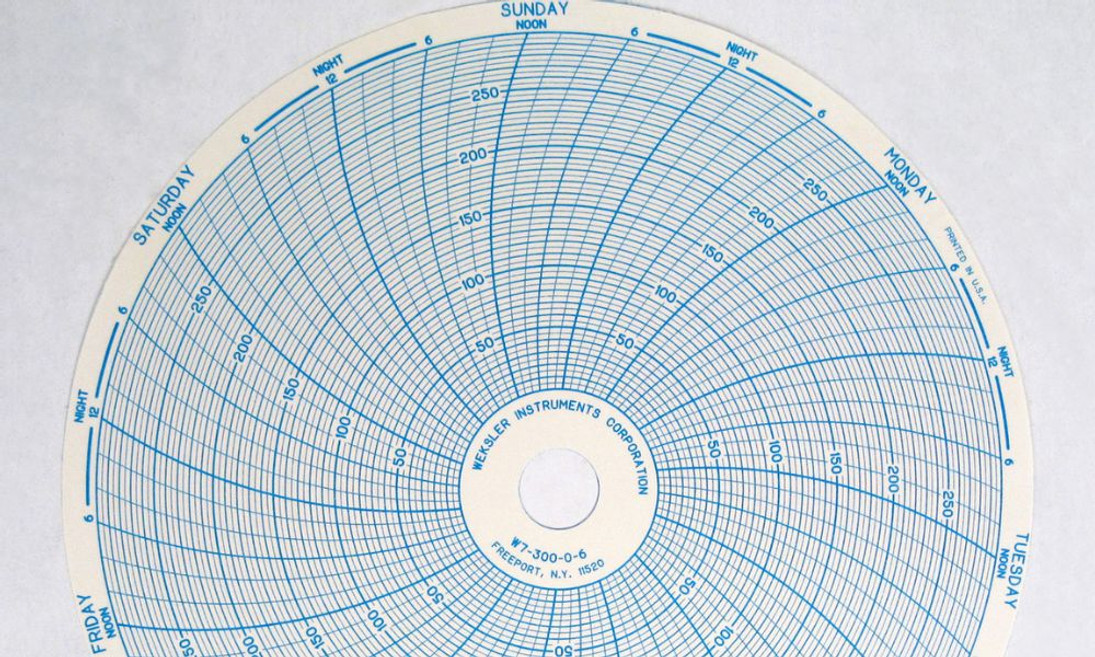21st Sep 2023
What Is Voltage Measurement in Data Acquisition?
Do you work in an industry that relies heavily on controlling and monitoring your environment? If so, it’s essential you know what voltage measurement is and how it relates to data acquisition. Read on to learn more about this process and the equipment necessary to support accurate measurements.
Understanding Voltage Measurement in Data Acquisition
Voltage measurement in data acquisition refers to the process of capturing, recording, and analyzing electrical potential differences between two points in an electrical circuit. This measurement is often a key part of data acquisition systems that monitor, control, and test electrical devices and systems. In the context of data acquisition, voltage is a primary type of signal that sensors and transducers produce. It represents various forms of physical quantities, such as temperature, pressure, or light intensity. When interacting with the appropriate sensor or transducer, these physical quantities induce a voltage change that can then be measured. Technicians can continuously monitor the environment for voltage changes using either a digital or analog data acquisition system (DAQ).
How Chart Recorders Measure Voltage
The ideal analog DAQ for most applications is a chart recorder, which is excellent at monitoring and measuring voltage changes. In the context of voltage measurement, the chart recorder monitors and records changes in voltage over time. It receives the voltage signal from the sensor or transducer, amplifies it if necessary, and uses a pen or other marking instrument to represent the signal on the chart visually.
The action of the pen is synchronized with the changes in the electrical voltage, creating a graph of voltage versus time. This graph provides a visual way to observe fluctuations in the measured signal throughout the recording period. Chart recorders, therefore, are an essential tool for data acquisition systems that require a permanent, hard-copy record of voltage measurements. They are particularly useful in industries where continuous monitoring and recording of physical quantities are necessary.
Industries That Measure Voltage Through Data Acquisition
Now that you understand more about voltage measurement in data acquisition and how chart recorders achieve this capability, it’s time to explore the various industries that rely on these systems every day. In the automotive industry, engineers use devices to measure and monitor voltages in various electronic components of vehicles. This process enables them to diagnose potential issues and enhance the performance of the vehicles.
Similarly, the energy sector depends on these systems to regulate and control power generation and distribution. They measure voltage fluctuations and anomalies in power grids, facilitating effective energy management. Medical professionals use voltage measurement in data acquisition to monitor patient health in the healthcare sector. Devices such as electrocardiogram machines and electroencephalogram devices convert physical parameters into electrical voltage signals, which aid in diagnosis and treatment.
Understanding voltage measurement and its relationship to data acquisition ensures your business has the right equipment for any application. Browse our selection of industry-leading recorder charts at Recorders Charts & Pens today to bolster your operations!

